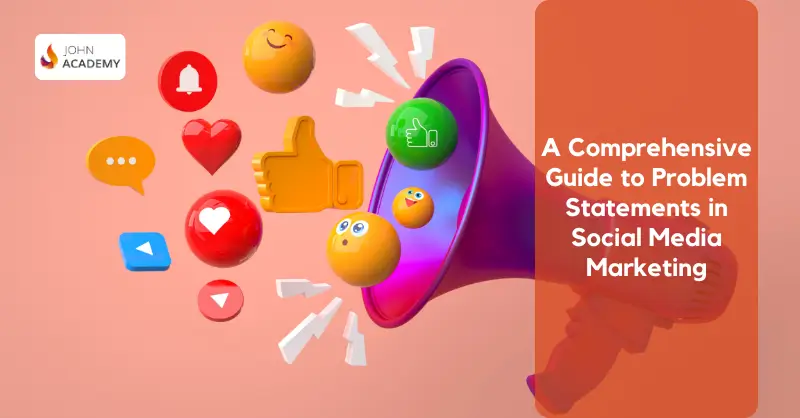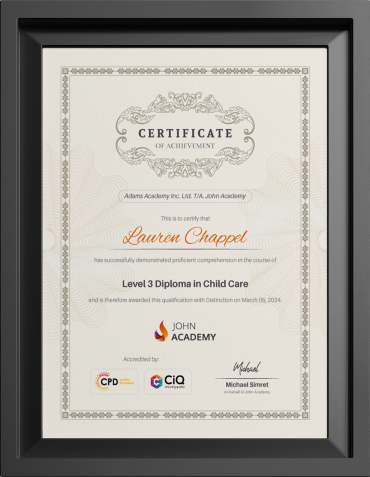
At its core, marketing is about identifying an audience’s problem, want, or need and showing them why a specific product or service could be the best solution. When developing a marketing strategy, many marketers find developing a problem statement first to be very helpful. A problem statement is simply a clear and concise description of a challenge or issue that a target audience faces and that a product or service can help with. Crafted properly, a problem statement can be a strong foundation for building compelling social media content and campaigns.
Why Problem Statements Matter in Social Media Marketing
We have mentioned that problem statements are vital, but why is this so? When you use problem statement templates to outline an issue or challenge your target audience or customer is facing, you can resonate with them better. You can be empathetic to their situation, and this becomes crucial for crafting campaigns that better align with what they are looking for or need.
Executing the strategies you outline after creating a problem statement can also help you create emotional connections that drive engagement. Remember, most people do not take action based on facts and figures but instead based on their emotions.
If you can create a campaign that evokes the right emotions because it aligns with your problem statement, you will be well on your way to social media marketing success.
A problem statement can also help you position your business as a problem solver. Psychologists tell us people are inherently selfish and want to know what a business, product or service can do for them individually. They ask, what problem can it solve for me? What can it do for me?
A well-crafted problem statement can help you become more solution-oriented and position your business as such, and this can lead to success beyond the initial campaign.
Lastly, a problem statement can be a crucial tool for helping you address specific pain points. This ties into positioning your business as a problem solver and provider of the solution your audience seeks. Solve a specific pain point, and you will be well on your way to higher conversion rates and business success.
Components of an Effective Problem Statement
How much success your business can achieve from a problem statement depends on how you create it and how well it aligns with your target audience. For this reason, a crucial component of an effective problem statement is target audience identification.
At this stage, you should explore who is experiencing the problem you are trying to solve, their demographics and psychographics, and where they spend the most time on social media. This last point is especially important when you start running your campaigns.
The second crucial component is problem identification. You should already have a specific problem in mind when doing target audience identification, but this step is about drilling down more into their specific problems.
At this stage, you are trying to uncover the specific challenge or pain point they are experiencing. You should also try to understand the impact of this challenge or pain point, whether in their business operations, personal life or other areas. Also, explore the consequences of not solving this problem.
Next, you should cover the context and scope. Here, ask yourself when and where the problem occurs. The answer can be incredibly useful for helping you create a more targeted message and to get the timing right.
For example, you may be marketing payroll software for small businesses. If they experience issues at the end of the month, you could present your solution at this time. It will resonate much better because that is when they face the issue.
The last step is including the impact statement. Consider the emotional and financial implications of the challenges your target audience is facing. Also, explore which opportunities they are missing by not solving them and make note of that.
Creating a Problem Statement for Social Media Marketing
Before creating a social media marketing problem statement, you should understand its basic structure. The structure starts with the name of the audience, then the problem and its impact. Then, you should include this challenge’s impact, including what it is costing them.
A good problem statement for your app that helps parents find the best meals for their families could be, “Working parents lose precious family time searching multiple stores for healthy meal ingredients, creating stress and guilt around mealtime planning.”.
Now that you have the problem statement, you can start creating social media campaigns and strategies that help your target audience see what you are advertising as the best option.
Effective social media marketing problem statements don’t just highlight issues because they can also help create connections, drive engagement, and help your solution make a meaningful impact. For this reason, they are a very potent tool for increasing conversions and, ultimately, sales.

